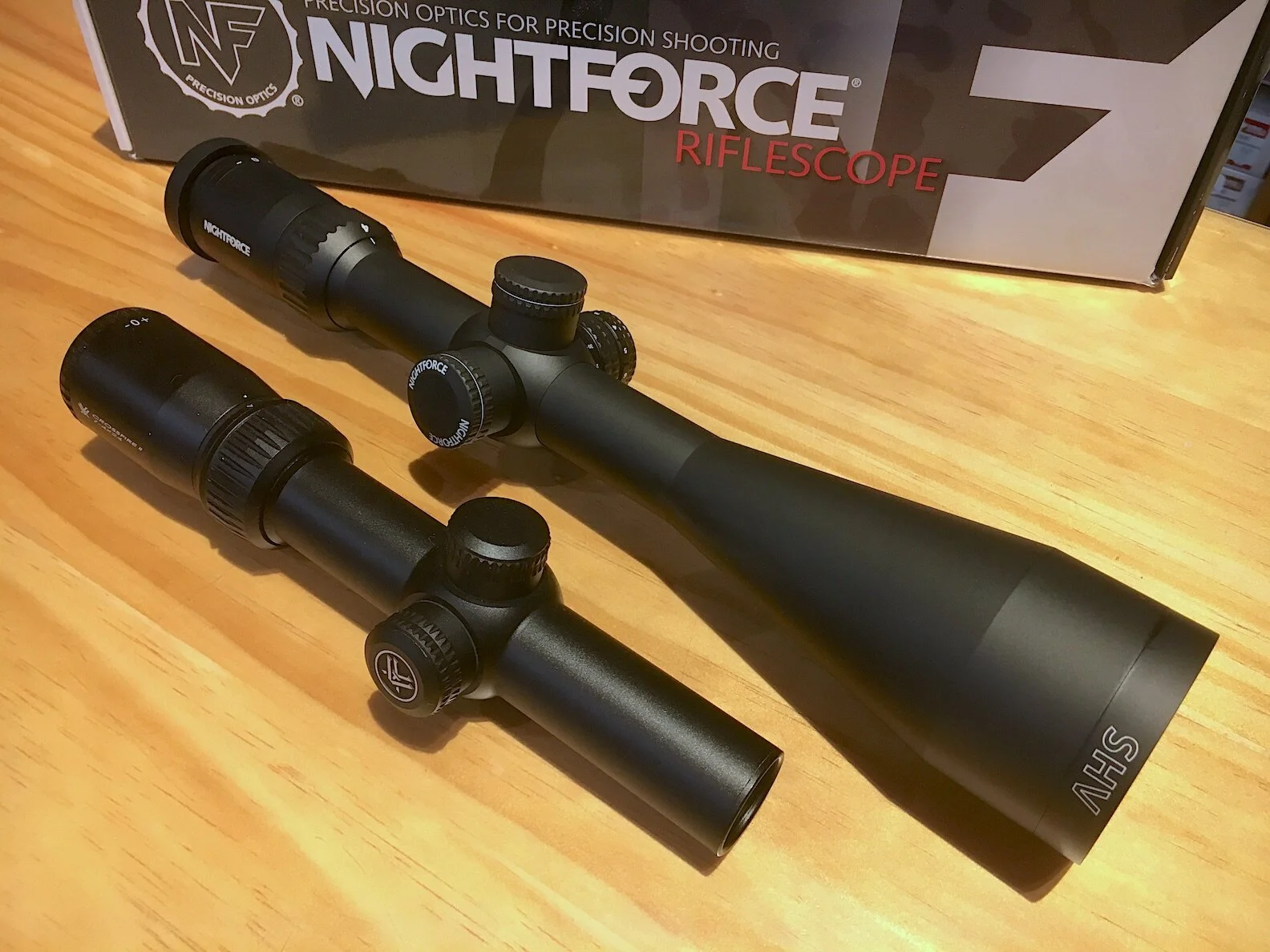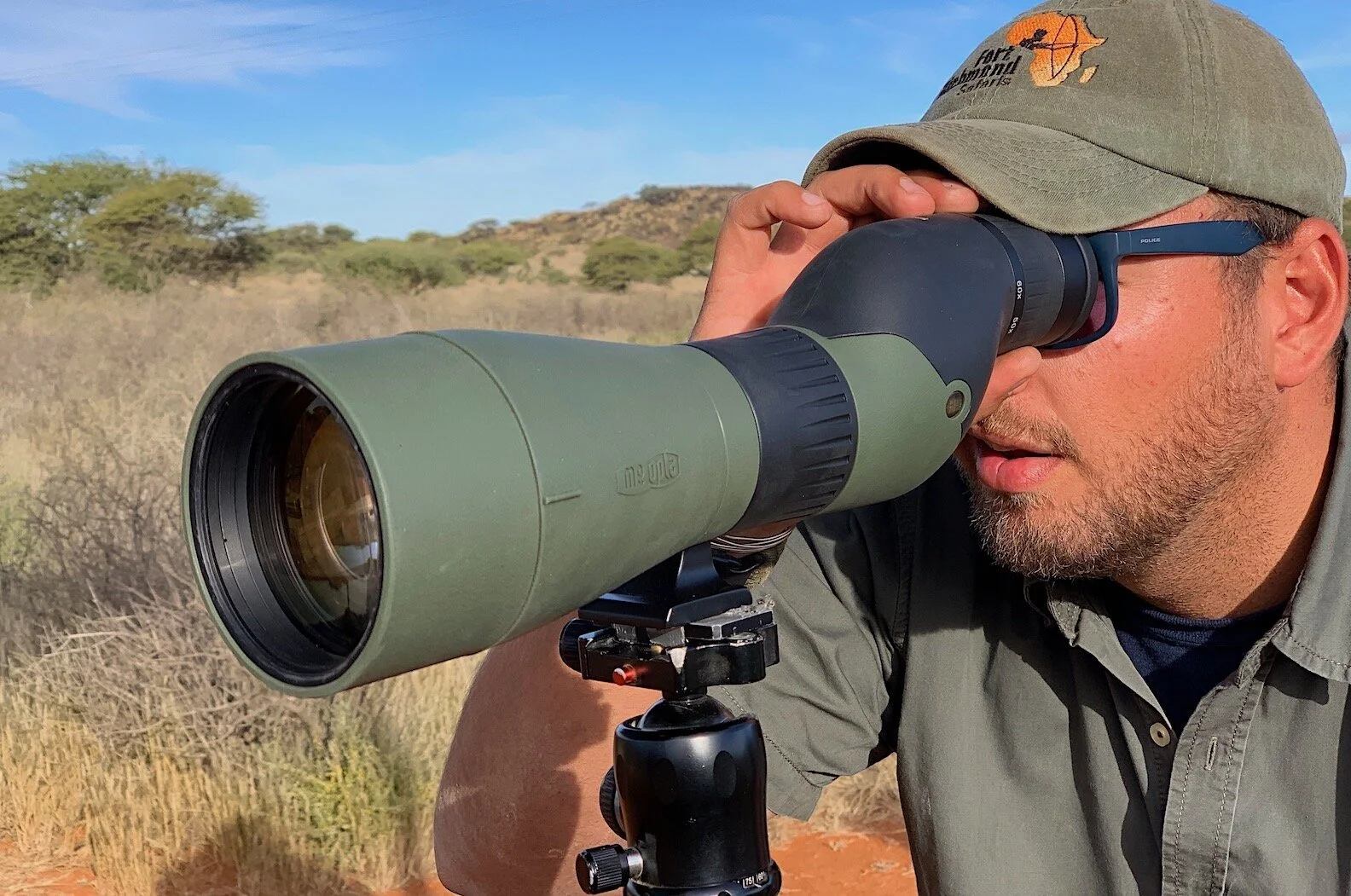We Get Letters -- Scope Advice, Please
A reader writes:
I have been looking at some of your YouTube videos and I am in the market for a Leupold riflescope. My shots are about about 400 yards max and as close as 20 yards. What size objective lens would you recommend for that application? I hunt as close to dark as I can.
This gentleman is looking for a versatile, all-round scope, something in the 3-9X to 2-14X range. Huge magnification isn't necessary for reaching to 400 yards or even 500 yards, and most of us rarely need to stretch that far. So why haul around a huge scope? That said, some of the latest "big zoom range" scopes, like Bushnell's Elite 6500 series with 6.5X of zoom and Swarovski's 5X zoom range like the 3.5-18X Z5, aren't much bigger or heavier than most 3-9s or 4-12s.
For a stand rifle, size doesn't matter much, but for plains and mountain hiking or quick work in the woods, stick with something smaller and lighter. Brightness is a product of objective lens size, magnification and anti-reflection coatings. The bigger the objective, the more light that enters. The higher the magnification, the less light that reaches your eye. Divide the objective diameter by magnification and you discover the diameter of the exit pupil, the little window of light that exits the eyepiece. At 4mm it's big enough for clear sighting 30 min. to as many as 45 min. after sunset. Combine this with the best anti-reflection multi-coatings on all lens surfaces, and you get today's brightest scopes.
So do the math. A 42mm objective scope that cranks from 2X to 10X will have an exit pupil 21mm (huge) down to 4.2mm -- still plenty big. But get a 20X scope and exit pupil will be only 2mm. Things will get dim as soon as the sun sets. But here's the good news: with a variable power scope, exit pupil diameter increases as you dial down power. Crank that 20X down to 10X and you're suddenly looking through a bright, 4.2mm exit pupil again.
Many shooters are convinced a 50mm objective will turn night into day. But stick that in front of the same 10X eyepiece and exit pupil enlarges from 4.2mm to a whopping 5mm. Go clear up to the massively belled 56mm objective and you're up to 5.6mm. An improvement, sure, but hardly the difference between night and day. The good news is that today's upper-end scopes -- roughly $400 and up -- that are fully multi-coated transmit sufficient light for clearly placing a black reticle against dark brown animals. You might have trouble with a black hog or bear in the shadows 30 min. after sunset, but generally not whitetails. Why do anti-reflection coatings make things brighter? Without them each lens surface loses (to reflection) about 4 percent of light that strikes it. Another 4 percent that exits. There can be 7 lenses in a scope. You're losing over 50 percent of the light! Coatings reduce this loss to less than .2 percent per surface -- a huge gain. And it adds no weight or bulk. So, get the big power and the big objective if you want, but do not skip the best anti-reflectoin coatings in order to afford them. Those coatings are your biggest bang for the brightness.













